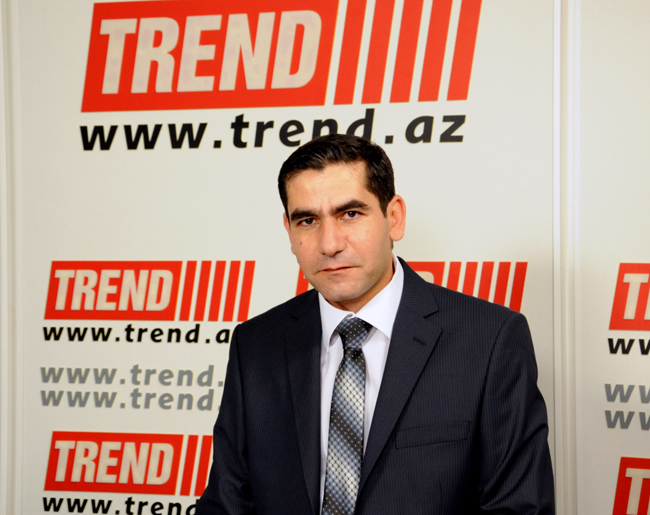Dalga Khatinoglu, head of Trend Persian Service/
Japan Foreign Minister Fumio Kishida's will start visiting Iran on November 9, a day after finishing nuclear talks between Iran and P5+1 in Geneva, which kicked off on Thursday.
This is first visit of a Japanese foreign minister to Iran since January 2004, when Ms. Yoriko Kawaguchi visited Iran for the second time during Mohammad Khatami's presidency. Before, her predecessor Masahiko Koumura visited Iran in 1998 as well.
However, during Mahmoud Ahmadinejad's eight-year presidency, no Japanese ministers visited Iran, but only Prime Minister Fukuda and President Ahmadinejad met on the occasion of the World Food Summit in Rome 2008.
Ahmadinejad's predecessor Khatami had visited Japan accompanied by Kamal Kharrazi, Minister of Foreign Affairs and Bijan Zanganeh, Minister of Petroleum in 2000.
Iran-Japan trade turnover had almost tripled since 1990 until 2011, reaching from $5.1 bln to above $14 bln, but Japan's accompany with Western sanctions over Iran led to significant decrease in bilateral trade during last couple of years.
Fluctuations in economic relations
Japan itself imposed sanctions over above 100 Iranian individuals and companies in December 2011, while expanded the list of banned Iranian banks numbers to 20 and halted any investment in Iran's oil and gas sector. Before that, Japanese Toyota carmaker suspended auto exports to Iran.
According to Iran's Custom Administration's report, Iran's non-oil import from Japan during a 12-month period (from 20 March, 2012 to 20 march 2013) decreased to $585 million from $1.29 billion in preceding solar year, indicates about 55 percent decrease.
Iran's non-oil exports to Japan (including condensate and LPG) also decreased to $47.6 million in last solar year from $512 million during preceding year, which shows huge drop.
Japan also cut Iran oil imports by 40 percent during 2012 compared to 2011, while this country kept Iranian crude oil import below 0.2 mbpd (194,936 bpd) during three quarters of 2013.
Japan had imported about 500, 000 bpd Iranian oil in 2007, Iran's exports to Japan was $12.74 bln, while the imports from Japan was $1.33.
Iran and Japan's latest customs statistics
Iran and Japan's non-oil exports during first seven months of Iranian colander year, which started on March 20, was totally about $200 million, according to Iran Custom Administration's report.
Iran exported $20 million worth of non-oil goods to Japan during mentioned time, indicates 25.78 percent drop compared to same period in last year.
Japan's exports to Iran has decreased from $400 million during first seven months of last solar year to $179 million in same period of current year.
The Japan Custom statistics for first half of current fiscal year (April-September) also says that this country's total exports to Iran was $72 million with 72.8 percent drop compared to 1H of last fiscal year, while the imports was $ 3.628 billion, indicates 48.5 percent decrease.
Perspectives of economic relations
Due to past international sanctions imposed during Ahmadinejad's presidency on Iran and continuance of Tehran's disputed nuclear program, despite increasingly growth of positive atmosphere and re-starting talks between Iran and P 5+1, reviving the Iran-Japan's bilateral trade in short term seems be impossible.
Before, Kishida had a meeting with his Iranian counterpart Javad Zarif on the sideline of 68th United Nations General Assembly meeting held in New York, while after that Japan Prime Minister Shinzo Abe and Iranian President Hassan Rouhani held separately meeting on September 26 in New York.
Kishida's visit to Iran likely impulse bilateral relations, but without lifting the western sanctions on Iran, any possible economic improvement seems to remain in dim.






